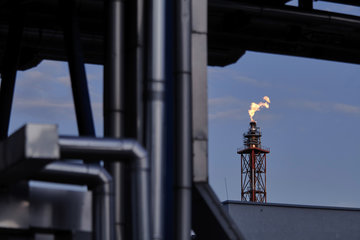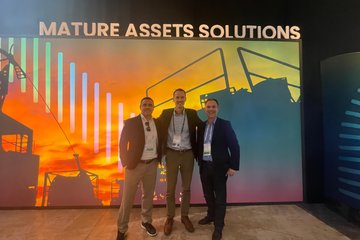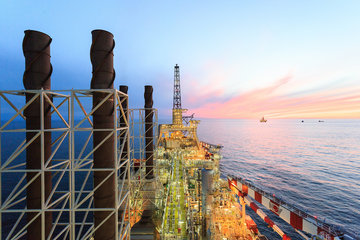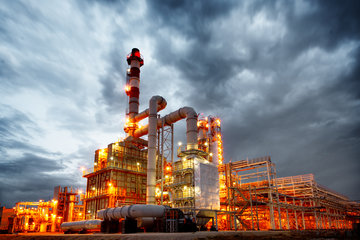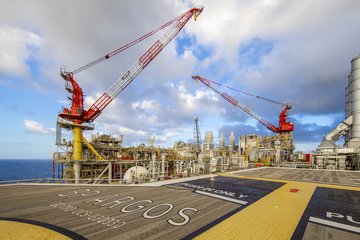
Leading the way in flare reduction
As the energy industry commits to ending routine flaring by 2030, our team is at the forefront, combining technical expertise with innovative financial structures to make flare reduction both feasible and profitable.
Our comprehensive solutions address the entire lifecycle of energy production, ensuring efficiency, environmental stewardship, and long-term value. Our approach makes flare reduction more investable and easier to implement, accelerating progress in methane mitigation today.
Our view on the core challenges impacting flare reduction

Financial & opportunity cost
Flaring reduction often competes with other capital demands. The perceived trade-off between investing in production and reducing emissions can hinder progress. Complex local incentive structures within join venture (JV) partnerships further complicate investment decisions.
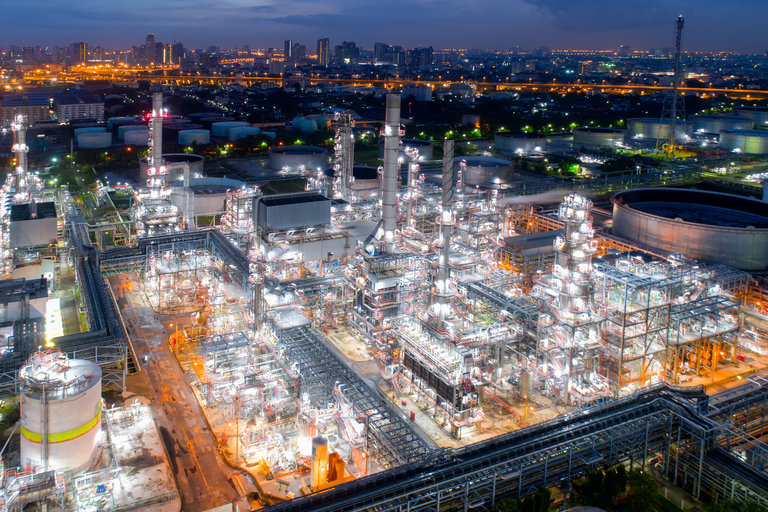
Technology & infrustructure barriers
Old technology and outdated infrastructure exacerbate flaring issues, increasing costs and making solutions less viable. The need for modernization and efficient technology is critical to overcoming these barriers.

Regulatory & contractual complexity
Different regions have varied regulatory requirements and incentives, creating challenges for uniform implementation. Navigating these complexities requires local expertise and tailored solutions to ensure compliance and optimize benefits.
By leading the way in flare reduction, we are not just contributing to a sustainable future but also unlocking new economic and environmental opportunities for our partners and clients worldwide.

Flaring causes air pollution and greenhouse gas emissions (GHG), while wasting valuable resources. Most companies have signed up to global initiatives to eliminate routine flare emissions by 2030. This has been re-affirmed by the 2023 Global Methane Pledge acknowledging that human-driven methane emissions are responsible for nearly 45% of current net warming. (Source: UN Environment Program.)
We’re committed to helping our customers design flare reduction approaches that lower initial cost barriers while returning value to the investors.
Source: World Bank
Source: Rystad Energy
Source: IEA
Leveraging our expertise across the oil & gas value chain to develop affordable, investable flare reduction projects

Traditional service model
We provide industry-leading equipment and services tailored to any stage of the energy value chain and project phase.
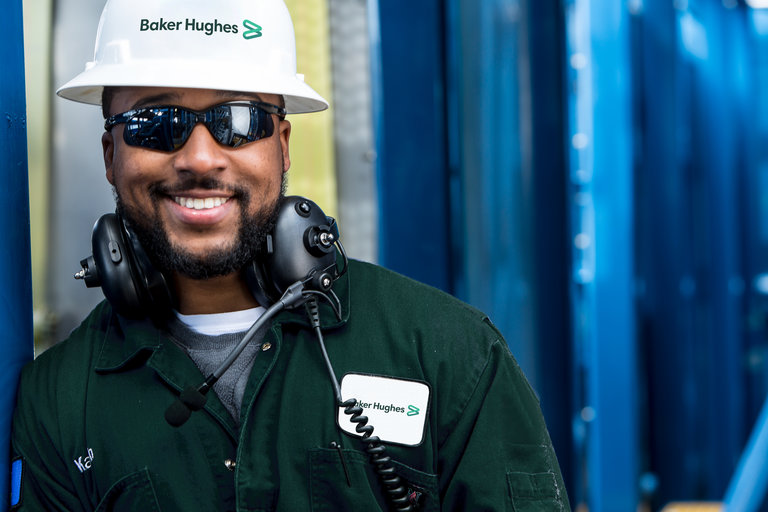
Flare reduction as a service
This end-to-end solution minimizes upfront capital costs and leverages our operational expertise and assets to manage flare emissions effectively.



